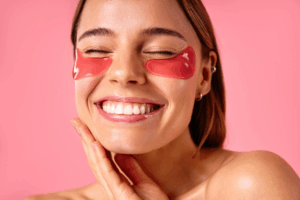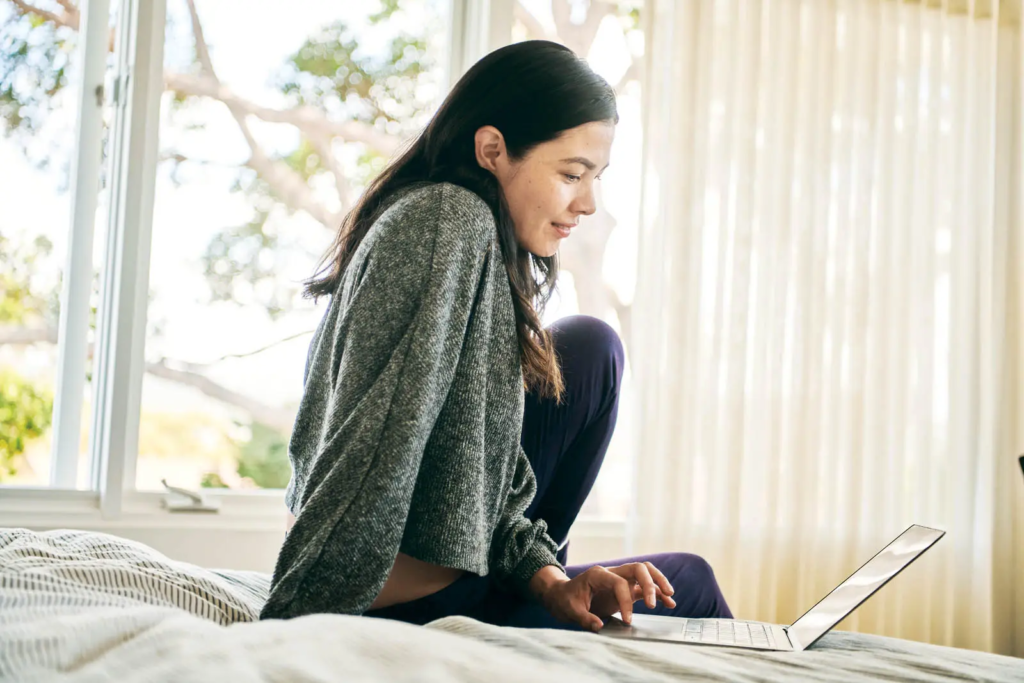
Luxury Consumers Want to See Health Benefits with Their Beauty Purchases
February 28, 2025 – In the luxury market, separating health from beauty is becoming virtually impossible. The two areas have always enjoyed a great deal of overlap, but this trend is becoming even more obvious today…





